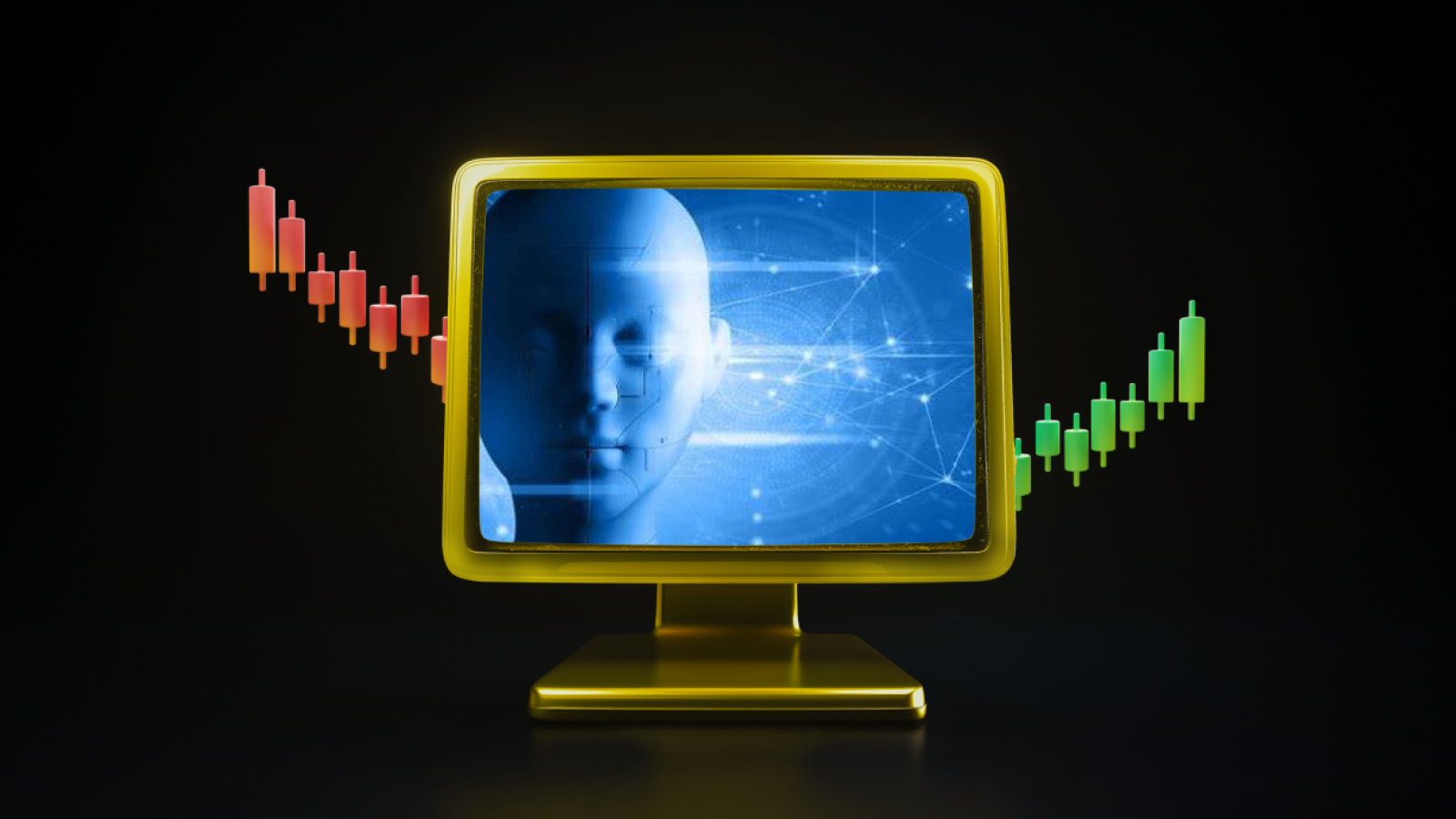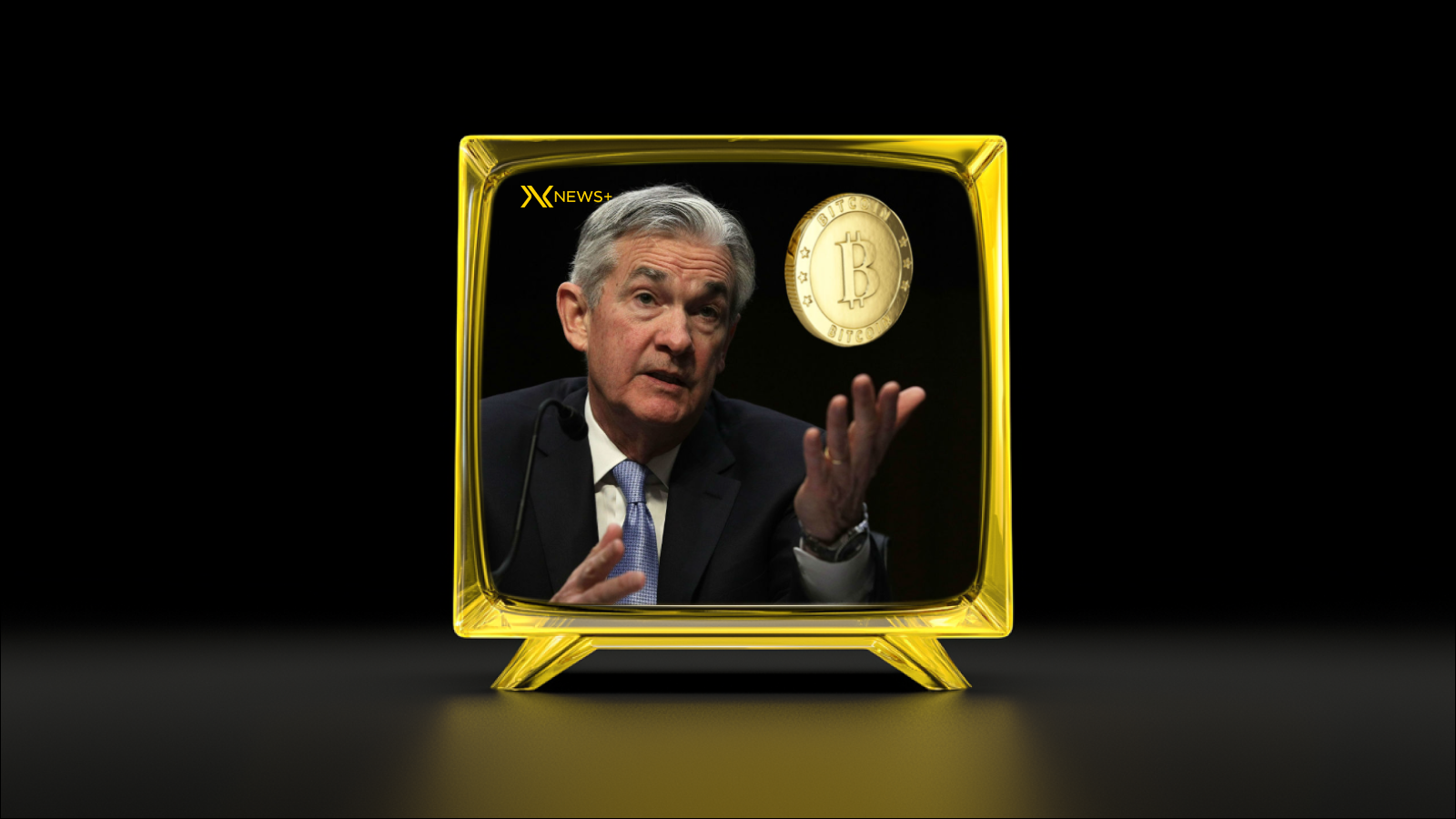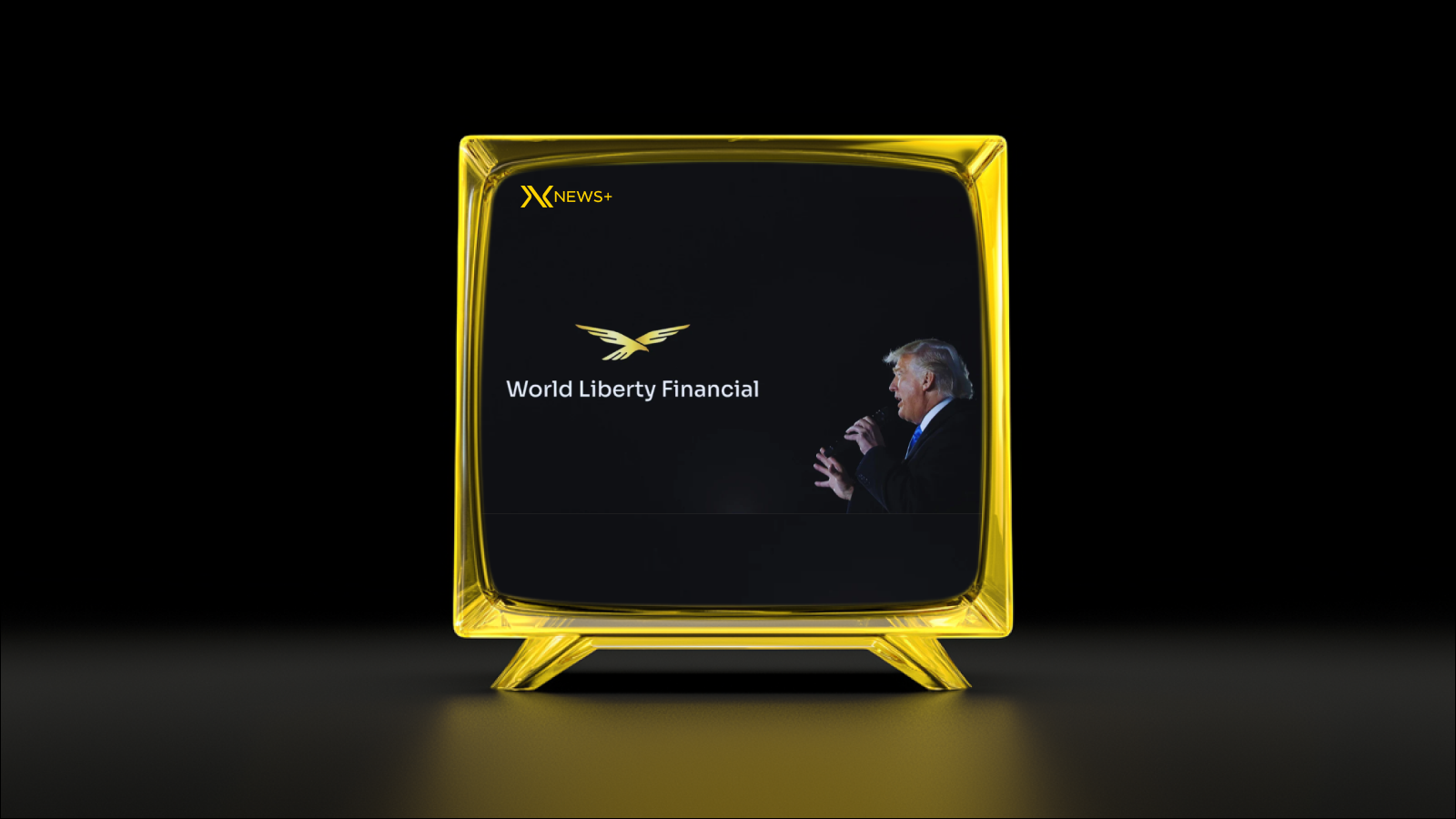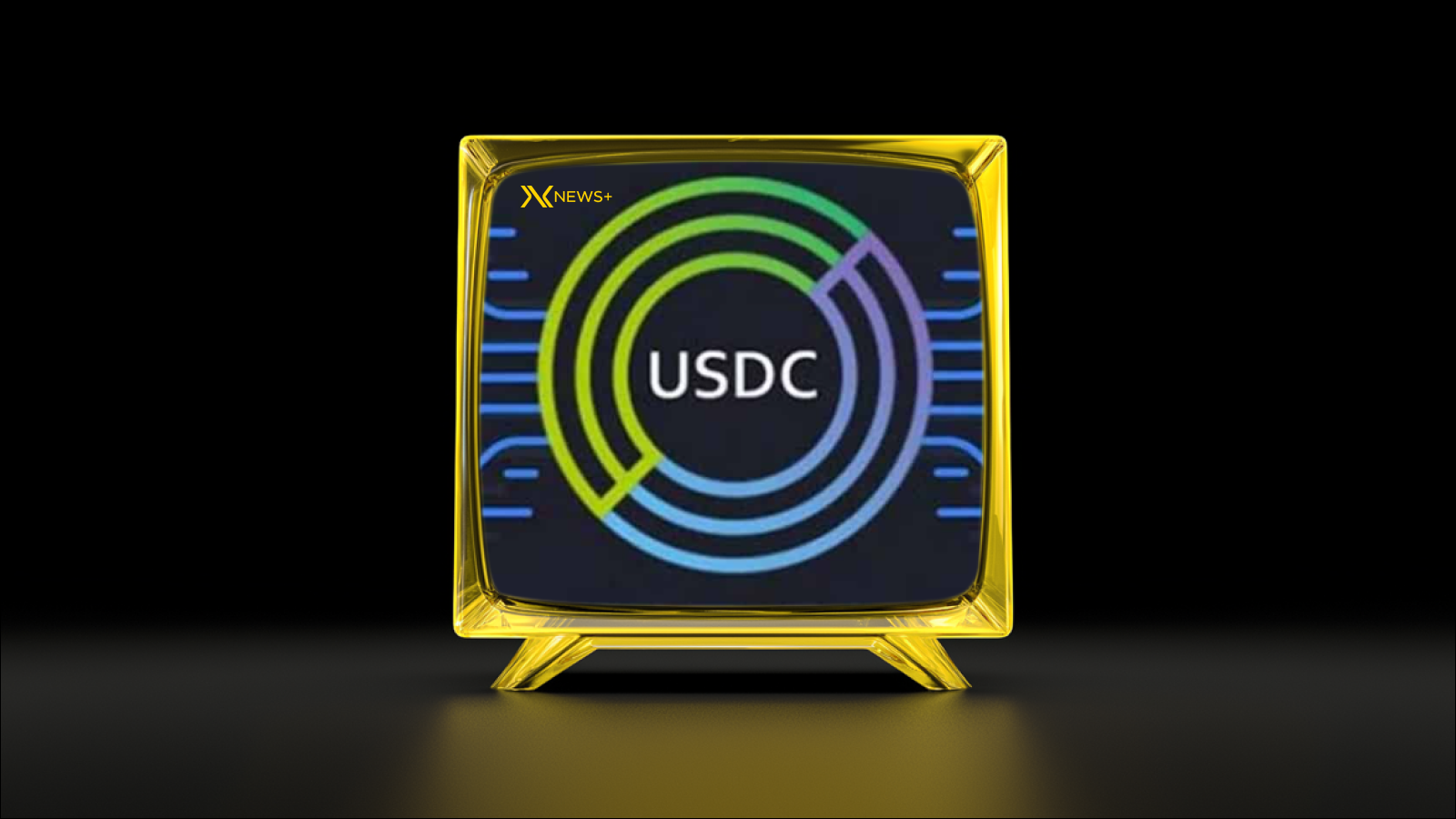Introduction
DeepSeek was launched in Hangzhou, China in 2023 by Liang Wenfeng, founder of hedge fund High-Flyer. Anticipating the US artificial intelligence chip export restrictions on China, Liang Wenfeng procured thousands of NVIDIA chips before the bans went into effect. This strategic move enabled DeepSeek to develop powerful AI models on a budget of $5.6 million, using only about 2,000 Nvidia H800 chips. Early hardware and financial measures laid the foundation for the company to continue innovating even under constraints, and DeepSeek quickly became a recognized player in the local and global arena.
DeepSeek’s Development Process and Technical Innovations
Since its inception, DeepSeek has developed models for different application areas by following a cost-effective path in artificial intelligence. In the early days, DeepSeek Coder, LLM (Large Language Model) and MoE (mixture of experts) based models were introduced, followed by models such as DeepSeek-Math for mathematical and coding tasks. In 2024, the team strengthened its technical infrastructure with DeepSeek-V2 and V3 versions, and with the DeepSeek-R1 model, which was released on January 20, 2025, the team was able to achieve similar or superior performance with far fewer resources than its competitors by using chain-of-thought and advanced optimization techniques. These technical innovations have enabled the model to stand out from the global competition by optimizing data processing time and saving processing power.
Market Reactions: NVIDIA and Other Tech Companies’ Losses in Value
The announcement of DeepSeek had an immediate and profound impact on global technology markets. In particular, NVIDIA, a leader in artificial intelligence chip production, suffered a 17% drop in value following the news of DeepSeek’s low-cost and efficient model; according to some analyses, this drop led to a $593 billion loss in NVIDIA’s total market capitalization. Not only NVIDIA, but also Microsoft, Alphabet, ASML, Broadcom and other big tech giants suffered similar declines as investors began to reassess the sustainability of the US’s massive investment in artificial intelligence infrastructure. Moreover, macroeconomic uncertainties, FED interest rate policies and the global chip supply-demand balance further deepened the impact of DeepSeek.
Sectoral Impacts and Competitive Dynamics

DeepSeek focuses on algorithmic efficiency, as opposed to the high-capacity artificial intelligence infrastructures that western companies have built by spending billions of dollars. Strict US chip export restrictions on China encourage Chinese companies to develop more creative and resource-efficient solutions, while DeepSeek’s open source strategy increases transparency in the industry. The artificial intelligence application it launched surpassed ChatGPT in the US and became the most downloaded artificial intelligence assistant in Apple’s app store, demonstrating that technological innovation is possible with cost-effective solutions. At this stage, Marc Andreessen, one of the leading investors in the sector, referred to “AI’s Sputnik moment”, which is an important example to emphasize the impact of DeepSeek.
Current Developments and Future Prospects
While DeepSeek’s success has caused sudden market volatility and devaluation of giants, there has also been a partial recovery in market reactions in light of recent developments. As of January 27, 2025, DeepSeek’s app has been a hit among users in the US, becoming the most downloaded artificial intelligence assistant. However, DeepSeek’s restriction on new user registrations due to “large-scale” cyber-attacks has raised security concerns. These developments have led investors and market analysts to reconsider spending and strategies on AI infrastructure. Experts predict that DeepSeek’s innovative approach will radically change the dynamics of global competition in the long run, and that investors should seriously consider alternatives that can compete with more efficient solutions, in addition to the US’s infrastructure strategy with massive investments.





